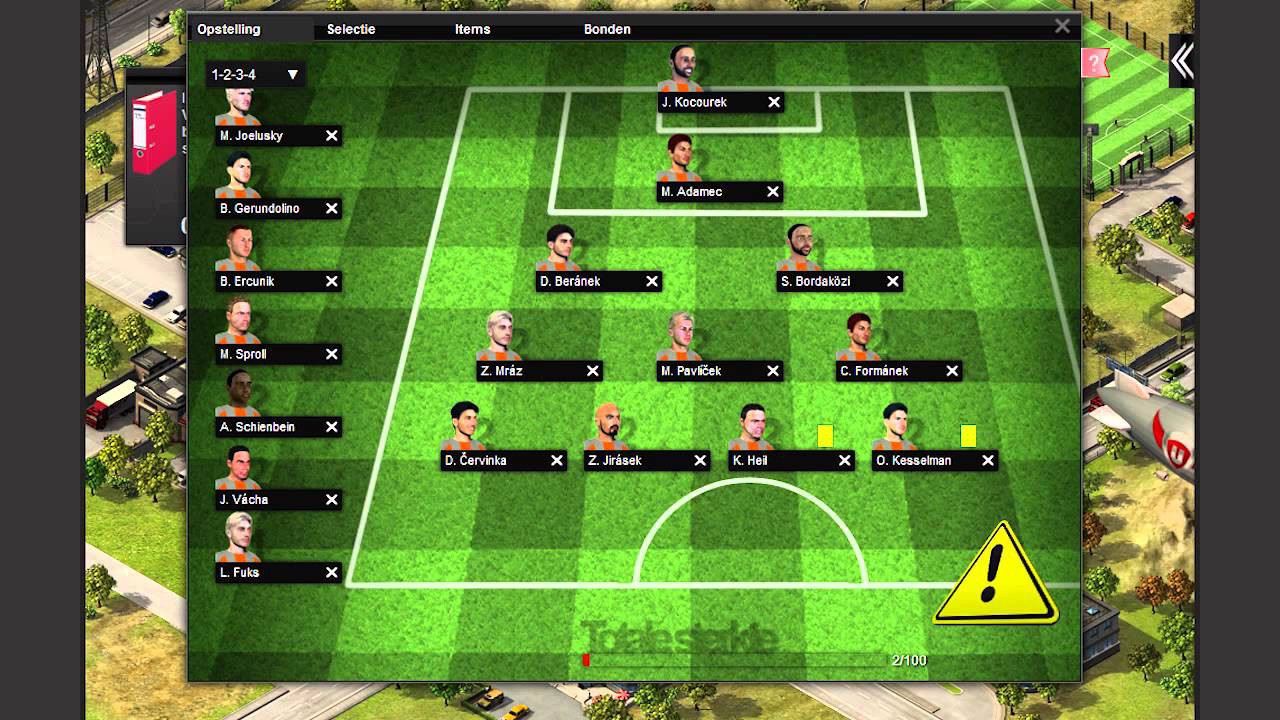The Social and Competitive Elements in 11 Legends
11 Legends, a popular multiplayer online battle arena (MOBA) game, stands out not only for its dynamic gameplay but also for its strong emphasis on social interaction. Unlike single-player games where progression and achievements are mostly solitary, 11 Legends thrives on the social dimension embedded in its multiplayer design. The game offers a robust communication system, including real-time voice chat, text messaging, and emotes, allowing players to coordinate strategies, build rapport, and create a sense of camaraderie during matches. This social infrastructure is critical because teamwork and coordination are fundamental to success in 11 Legends. Players must communicate effectively to execute combos, coordinate ultimates, and control objectives, which are all vital for securing victory. The social bonds forged during these matches often extend beyond the game, forming friendships and communities that sustain player engagement over time. This multi-channel approach to social engagement reinforces community ties, making 11 Legends not just a game but a vibrant social platform.

Competition is the lifeblood of 11 Legends, and the game’s design leverages competitive mechanics to drive player motivation and sustained engagement. At its core, 11 Legends pits players in fast-paced, skill-based matches where individual and team performance directly influence outcomes. Ranked modes introduce a tiered system that categorizes players based on skill and win rate, creating a structured competitive ladder that rewards dedication and improvement. Players progress through ranks such as Bronze, Silver, Gold, Platinum, and beyond, with each tier representing higher levels of mastery and prestige. This rank progression system motivates players to refine their skills, learn hero mechanics, and adapt strategies to climb the ladder, transforming casual play into a serious competitive pursuit. This data-driven approach to competition empowers players to take ownership of their progression, creating a feedback loop that reinforces engagement and skill development.

One of the most significant design challenges in 11 Legends is balancing the competitive intensity with accessibility, ensuring that players across various skill levels and commitment intensities can enjoy the game. The developers have implemented multiple systems to support this balance. For beginners, comprehensive tutorials, practice modes, and AI opponents provide a gentle introduction to mechanics, heroes, and strategy. These onboarding features allow new players to build confidence and skills before entering the more challenging competitive environment. Additionally, the matchmaking system initially places new players in lower-tier matches, gradually exposing them to more difficult opponents as they improve. This tiered exposure prevents discouragement and promotes steady skill acquisition. By continuously refining competitive and accessibility features, 11 Legends sustains a dynamic ecosystem where both hardcore competitors and casual gamers can thrive. This commitment to balanced design strengthens the game’s longevity and reputation within the competitive MOBA genre.


